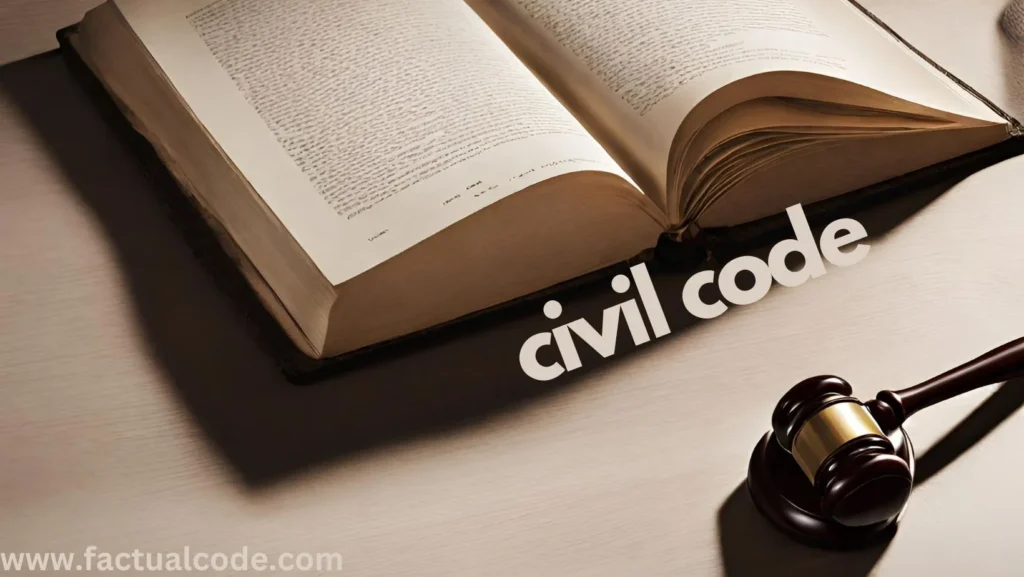1. Introduction
A cause of action constitutes the essential set of facts that entitle an individual to seek legal redress. It encompasses all material elements necessary for establishing a valid legal claim and obtaining judicial relief.
Relevance within the CPC Framework:
The Civil Procedure Code (CPC) of 1908, while not explicitly defining “cause of action,” integrates this concept as a critical pillar of civil litigation, affecting:
Jurisdiction determination.
Issue structuring for adjudication.
Dismissal of plaints under Order VII Rule 11.
Ensuring the lawful initiation of legal proceedings.
2. Key Elements of a Cause of Action
Material Facts: Essential facts that the plaintiff must establish to justify the legal claim.
Bundle of Essential Facts: The Supreme Court of India describes a cause of action as a “bundle of essential facts” necessary to substantiate a plaintiff’s claim.
Rights and Obligations: Facts that simultaneously impose a legal duty on the defendant and confer a corresponding right to the plaintiff.
3. Importance of Cause of Action in Civil Proceedings
Jurisdiction Determination:
Section 20 of the CPC specifies that a suit may be instituted where the cause of action arises, either wholly or partially, thereby determining territorial jurisdiction.
Limitation Period:
The cause of action triggers the statutory limitation period under the Limitation Act, 1963. Failure to act within this period renders the suit time-barred.
Issue Framing:
Courts use the cause of action to identify and frame relevant legal questions for adjudication.
Plaint Rejection:
Order VII Rule 11 allows courts to dismiss plaints that fail to disclose a cause of action.
4. Determining the Cause of Action
Role of the Plaint:
The plaint must clearly articulate the cause of action. Failure to do so may result in rejection.
Tests for Assessment:
Existence of Legal Right: Does the plaint assert a legitimate right for the plaintiff?
Entitlement to Relief: Would the plaintiff be entitled to relief if the asserted facts are proven?
Judicial Precedents:
Courts require a detailed narrative in the plaint that convincingly establishes the cause of action.
5. Landmark Judicial Pronouncements on Cause of Action
Mst. Chand Kaur v. Partap Singh (1889):
The Privy Council held that the cause of action must encompass all facts necessary for judicial relief.
A.B.C. Laminart Pvt. Ltd. v. A.P. Agencies (1989):
The Supreme Court characterized the cause of action as a “bundle of facts” essential for the plaintiff’s claim.
Kusum Ingots & Alloys Ltd. v. Union of India (2004):
Even a fractional component of the cause of action was deemed sufficient to confer jurisdiction.
Dharampal Satyapal Ltd. v. Deputy Commissioner of Central Excise (2015):
The court reaffirmed that a cause of action comprises all facts essential for the plaintiff’s success.
Church of Christ Charitable Trust v. Ponniamman Educational Trust (2012):
The court emphasized that a plaint must disclose a cause of action to remain valid under Order VII Rule 11 CPC.
6. Rejection of Plaint for Absence of Cause of Action
Order VII Rule 11 CPC:
A plaint may be dismissed if it:
Fails to disclose a cause of action.
Is legally barred.
Does not comply with statutory requirements.
Procedural Considerations:
Courts assess the plaint in its entirety, assuming the veracity of the facts to ascertain whether a cause of action exists.
Legal Consequences:
If dismissed, the plaintiff may only institute a fresh suit if a new cause of action arises.
7. Multiple Causes of Action
Joinder of Causes:
Order II Rule 3 CPC permits multiple causes of action to be combined in a single suit against the same defendant if they are interrelated.
Prohibition Against Splitting:
Litigants are generally barred from fragmenting their cause of action across multiple suits, promoting judicial efficiency and coherence.
Application of Res Judicata:
Section 11 CPC precludes subsequent suits arising from the same cause of action, thereby preventing contradictory judgments.
8. Conclusion
The doctrine of cause of action is integral to civil litigation under the CPC. It governs jurisdictional parameters, limitation periods, and issue formulation. Courts consistently stress that a valid cause of action is a prerequisite for maintaining a suit. A thorough understanding of this doctrine is essential for law students and legal professionals to navigate civil litigation effectively and excel academically.
🔍 Legal Insight: The "cause of action" refers to the set of facts or circumstances that gives a party the right to seek legal relief. Under the CPC, it encompasses all the facts that are necessary to be proved for the plaintiff to succeed in their claim. Understanding the cause of action is crucial for determining the jurisdiction and appropriateness of a legal suit. For a comprehensive overview of this and other procedural concepts under the CPC, visit our guide on How to Read CPC (Code of Civil Procedure, 1908).

